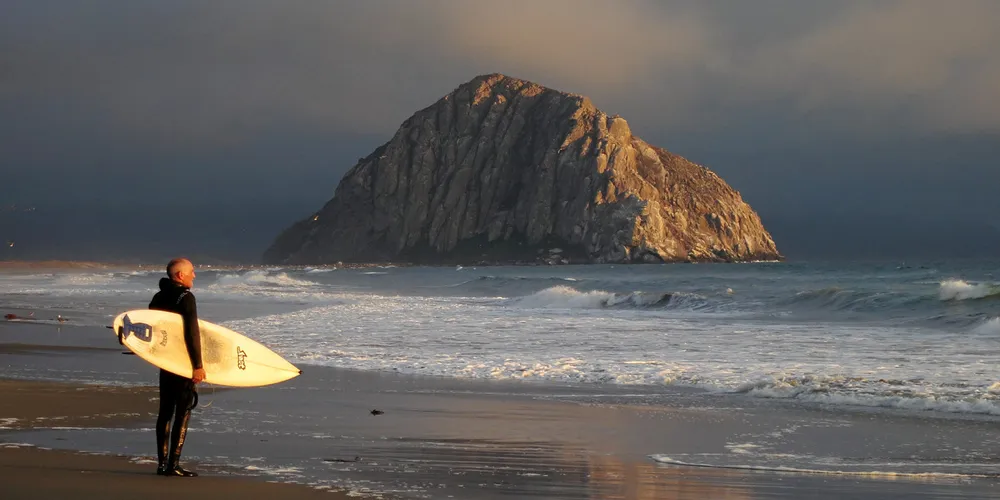'Build wind turbines on US west coast to tap Pacific Rim play', urges floating pioneer Weinstein
Trident Wind chief Alla Weinstein tells Recharge summit supplying giant projects from US east coast factories 'not going to work' as sector experts say industrialisation is next step
